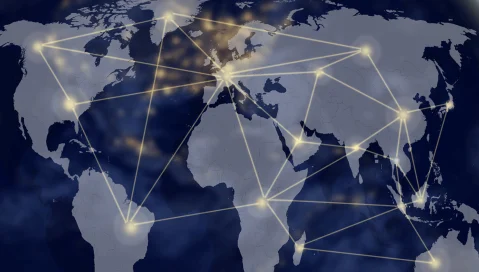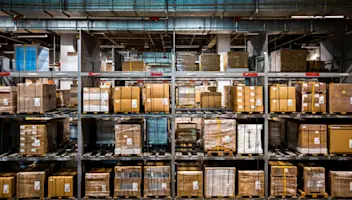Global Trade Management in 2017
Global Trade Management in 2017
Global Trade Management in 2017
2 Févr 2017
Aptean Staff Writer
In 2016, the world was surprised by the passing of Brexit and Trump winning the U.S. presidential election. Looking to 2017 from a global trade perspective, those events make one prediction certain: trade barriers in the Western Hemisphere will not be lowered. To what extent there will be an increase in tariff and non-tariff barriers is unclear, but there is no time like the present to speculate a little.
An interesting year is ahead, and it’s being kicked off on January 1 with the 2017 Harmonized System (HS) Nomenclature overhaul per the latest World Customs Organization (WCO) directions. These changes to the HS Nomenclature will be one of the largest in recent years, with more than half of the changes impacting codes in the agricultural and chemical sectors. In total, there will be 233 sets of amendment revisions. These revisions are meant to address growing global concern around environmental and social issues as well as the importance of collecting HC trade statistics.
With customs professionals expressing a growing concern about their supply chain compliance/global trade management (GTM) challenges, the recent political events in the U.K. and U.S. have led to increasing uncertainty in the industry. Be prepared for an exciting 2017!
More Duties?
The average global rates have decreased over the years, yet the question is whether 2017 will buck that trend. Will the United States walk away from bilateral or multi-lateral free rrade agreements (FTAs), ban countries from General System of Preference (GSP), or increase duty rates for certain countries of origin to protect domestic manufacturing? Will Brexit have an effect on the U.K. – European Union (EU) duty rates? How will the U.K. re-create their own external tariff and will it be able to break off U.K. FTAs from the current E.U. FTAs? A step further, it is to be seen if any of these events will affect duty rates (initially) on a unilateral basis, if there will be repercussions, and whether a tit-for-tat culture will initiate a tariff war? It’s all not too likely. Negating FTAs is not easily done, and the U.K. will be cautious to create any economic upheaval that may negatively affect their status as a financial leader in the market.
However, the prospect of an increase in duty rates is realistic as a number of large economic forces will be closely reviewing their trade agreements and tariff structures. Who would have thought the General Agreement on Tariffs and Trade/World Trade Organisation (GATT/WTO) bound rates books would ever have to be dusted off to check possible rate increases would not violate these agreements?
Additionally, two other events could impact duties in 2017. It can be expected that the U.S. will increase pressure on low cost manufacturing, which would lead to a significant number of new anti-dumping duty/countervailing duty (ADD/CVD) cases as unilateral duty increases are possibly too obvious. Lastly, China’s growing debt may threaten current economic stability, but the association with duty rates will likely not be seen in 2017.
More paperwork?
Most likely there will be additional paperwork required for goods to move between the U.K. and the E.U., and equally likely there will be U.K. FTA specific documentation requirements once it is clear how the U.K. will rearrange its trade relationships with the current E.U. FTA partners.
On the artificial side of trade barriers, some token reactionary measures may be taken to hamper certain trade lanes (read: importing from China), but expect additional non-tariff barriers to be more in the security, trademark, and consumer marking areas, specifically security around additional compliance measures for dual-use goods (a global trend), a stricter enforcement of trademarked goods, and closer reviews of consumer marking where safety of products containing certain materials is concerned. For example, “simple” accidents like smart phones catching fire will pave the way for more agencies ensuring all imported products are safe for handling.
Some 2017 predictions
And now the unofficial 2017 predictions:
Sensibly common ground will be found and China manufacturing will continue as is, although there will be a face saving announcement about increased market accessibility of foreign products into China. This agreement will bear little result.
FTA utilization rates will improve. A common compliance standard (i.e. proof of eligibility) will be agreed on and this will boost the use of FTAs.
Hopefully, the WCO announces that in 2022 they will randomly make products obsolete by no longer allowing them to be classified (i.e. any logical or possible HS codes will specifically exclude these products). Under consideration are items such as flip phones, satchels, Yanni CDs, and toy panda bears holding cactus plants.
One thing is for certain, 2017 will prove to be an interesting year in the global trade management space.
Related Content


Prêt à transformer votre entreprise ?
Nous avons les solutions ERP spécialisées dont vous avez besoin pour relever les défis de votre secteur.






